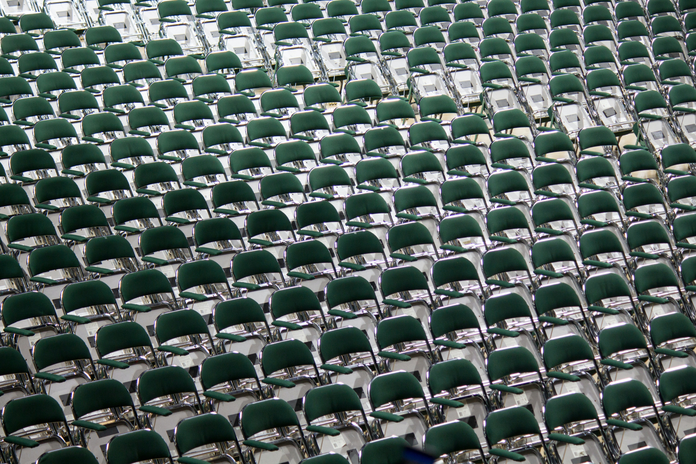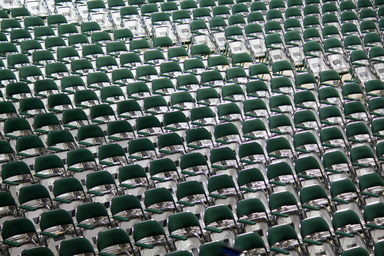Anyone watching the US Open final match between Naomi Osaka and Serena Williams can explain the match as nothing short of riveting – but not for the reasons we’d originally expected. With Osaka in the lead and each point coming closer to a new US Open champion, tensions were already high and reached an ultimate boiling point when the umpire, Carlos Ramos, gave Williams code violations for receiving coaching from the stands as well as a point penalty for smashing her racket. In a critical part of the game, Ramos went on to penalize Williams an entire game for verbal abuse after Williams confronted him claiming, “You stole a point from me and you are a thief.”
Some people might say this behavior on the court isn’t acceptable – and those people might be right. However, the true conflict arises when we take a closer look into the sport and learn that these moral guidelines aren’t equal among genders. John McEnroe, who’s won numerous Grand Slams, was notorious for his outbursts on the court. In fact, McEnroe was known to be volatile and “outspoken” when he would confront the empires and throw tantrums on the court. Yet, he was never penalized an entire game – despite his behavior being arguably worse than what Williams displayed at this year’s US Open. This type of punishment is common, wherein a woman is being disruptive to the game and a man is just seen to be speaking his truth.
After the release of the cartoon above drawn by Mark Knight, the debate on both sexism and racism continues to grow. In the cartoon, Williams is spotted having a tantrum, but the worst part is the racist caricature in which she has a large body and large lips, with her curled hair flying upwards as she screams. Williams is depicted almost like an animal, whereas Naomi Osaka, who is Haitian and Japanese, is portrayed as a petite blonde woman with light skin. Not only did Knight minimize the success of a Haitian-Japanese woman by whitewashing her, but he also minimized Williams to the “angry black woman” stereotype and to a racist caricature that’s been used to depict black people in the past.
Williams is no stranger to the sexist spotlight, as her entire career has been marked with comments about her physical stature and gender; Williams has often been deemed as less of a woman because of her muscular build and aggressive gameplay. As stated in Elle Australia, rather than being questioned about her gameplay or the sport of tennis at the French Open, Williams repeatedly got called “baby” by the reporter and was asked about her opponent Maria Sharapova’s shoulders. He went on to wonder if Williams was “intimidated by [Sharapova’s] supermodel good looks” to which Williams responded, “I honestly don’t have any thoughts about that. I can’t say I have been intimated by anyone. That’s all. That’s it.” When female athletes are consistently questioned about looks, their outfits, or other superficial aspects to their lives, it brings up a broader issue with the treatment of women in sports: Why do men get to separate their personal lives and appearance from the game, while all these factors for women remain not only intertwined but an essential part of who they are?
Despite the backlash after the match and a $17,000 fine placed on Williams, it’s yet to be determined if any major changes will take place in the tennis community. For now, Williams sets an example for us all as women – and men – to stand together and support the tremendous effort and win by Osaka who is fully deserving of the title. As for Serena Williams, she still remains one of the best athletes of our time and will always be one of the best tennis players – regardless of gender – to ever walk the earth. She deserves better. We love you, Serena, and we stand with you in the fight to remove sexism from the game of tennis once and for all.

